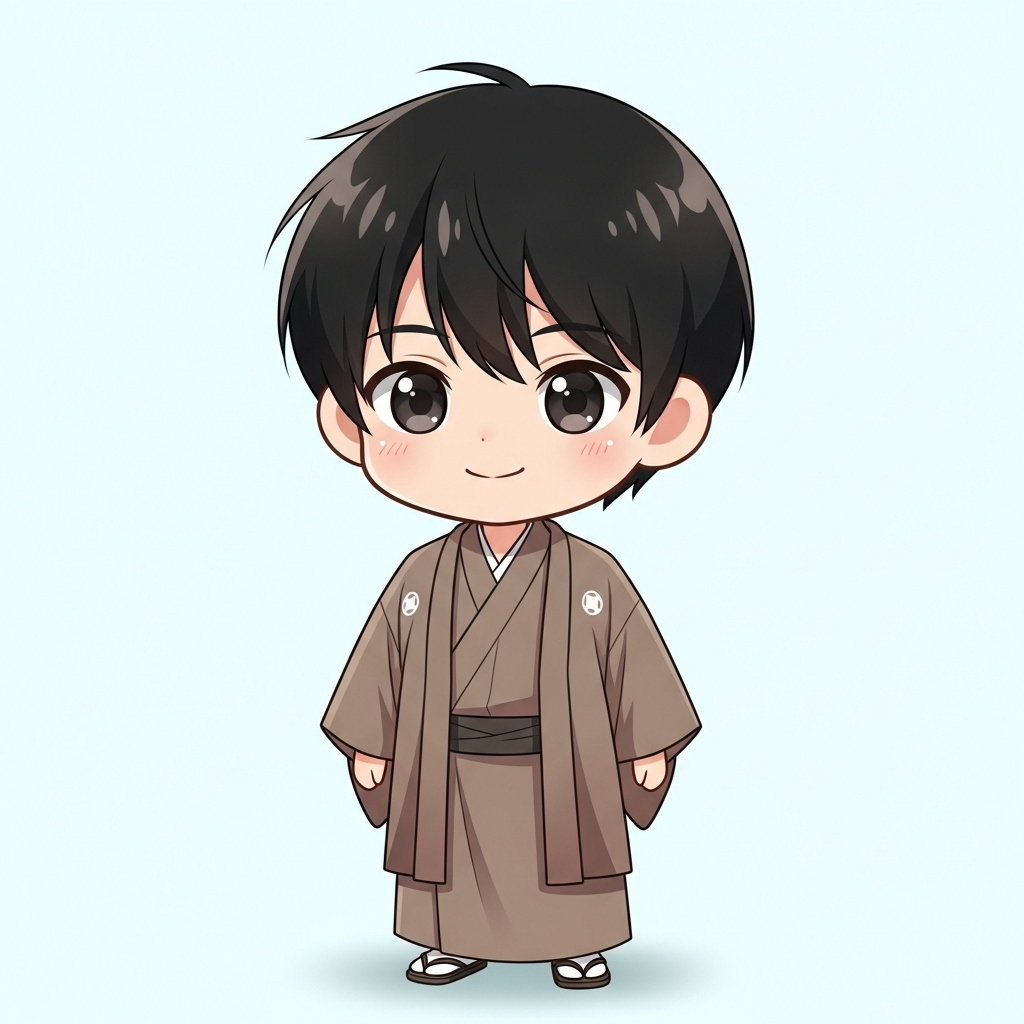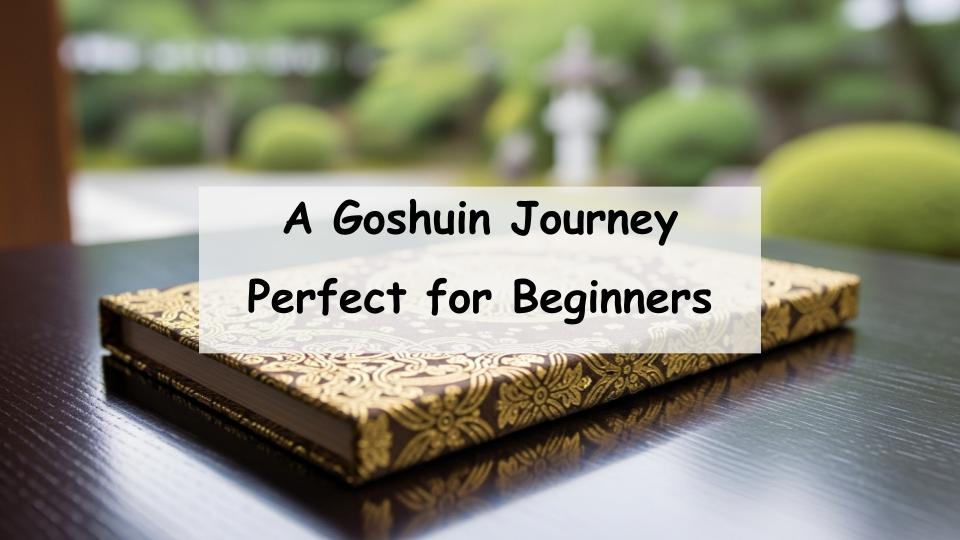“I want to collect beautiful Goshuin, but I don’t know which temples to visit…”
If you’ve ever felt this way, you’re not alone. In recent years, Goshuin—once just commemorative seals of temple visits—have become admired for their artistic beauty. Many people now embark on pilgrimages specifically to collect these “Instagram-worthy” stamps.
The good news is, temples known for their beautiful Goshuin share some common traits. By knowing what to look for in advance, you can plan a much more fulfilling pilgrimage.
In this article, we introduce five temples renowned for their beautiful Goshuin. We also share practical tips on how to plan your route, observe proper etiquette, and enjoy Goshuin collecting even if you’re a beginner. If you’re looking to enrich your temple visits, read on.
- What is a Goshuin? Basic Knowledge and Its Charm
- Manners and Precautions When Receiving a Goshuin
- 5 Temples Known for Beautiful Goshuin
- Tips for Enjoying a Goshuin Pilgrimage
- Frequently Asked Questions (FAQ)
- A Message from the Guide
What is a Goshuin? Basic Knowledge and Its Charm
What is a Goshuin? Its Meaning and Origins
A Goshuin is a calligraphic seal given to worshippers at temples and shrines in Japan. Originally issued as proof of having copied sutras or made religious donations, they have since become a popular form of spiritual memento.
Why Goshuin are So Appealing
Besides their religious significance, Goshuin are appreciated for their elegant brushwork and seasonal stamps. Each one reflects the temple’s character and traditions, turning them into collectible pieces of art.
Where to Receive Them? Temples vs. Shrines
Both temples and Shinto shrines offer Goshuin, but the content, design, and religious context may differ. Temples usually feature Buddhist calligraphy, while shrines often include elements tied to Shinto deities.
Manners and Precautions When Receiving a Goshuin
Choosing and Using a Goshuincho (Stamp Book)
Bring a dedicated Goshuincho (stamp book), available at many temples or bookstores. Avoid using notebooks or random paper, as it’s considered disrespectful.
The Proper Way to Worship and Request a Goshuin
Always worship before requesting a Goshuin. After your prayer, approach the reception area politely, offer a small donation (usually 300–500 yen), and hand over your Goshuincho.
Things to Avoid
Don’t treat Goshuin like souvenirs. Avoid loud conversations near the altar, and never demand a particular design or take photos without permission.
5 Temples Known for Beautiful Goshuin
1. Kiyomizu-dera (Kyoto)
Known for Bold Calligraphy and Seasonal Stamps
One of Kyoto’s most iconic temples, Kiyomizu-dera offers striking Goshuin with dynamic brushstrokes. During cherry blossom and autumn leaf seasons, limited edition stamps with seasonal motifs are available.
2. Hase-dera (Kamakura, Kanagawa)
Colorful Designs That Draw Visitors from All Over
Famous for its floral displays and towering Kannon statue, Hase-dera also provides beautifully colored Goshuin. Special versions are sometimes available during hydrangea season.
3. Kitain Temple (Kawagoe, Saitama)
Limited-Time Goshuin Reflecting the Seasons
Kitain is rich in history and offers various limited-edition Goshuin throughout the year. Each season brings unique designs—be it cherry blossoms, summer festivals, or New Year blessings.
4. Joten-ji Temple (Fukuoka)
Tranquility and Zen Spirit in Every Stroke
Located near Hakata Station, Joten-ji is a peaceful Zen temple with deep historical ties to local culture. Its Goshuin features elegant brushstrokes, conveying the quiet strength of Zen. It’s also known as the birthplace of traditional Hakata customs.
5. Osu Kannon (Nagoya, Aichi)
Powerful Brushwork and Cultural Heritage
Osu Kannon’s Goshuin showcases bold, traditional calligraphy, reflecting the strength and depth of its Buddhist roots. The temple is also a local cultural hub, blending spiritual heritage with a vibrant surrounding shopping district.
Tips for Enjoying a Goshuin Pilgrimage
Focus on One Area for Efficiency
To avoid travel fatigue, plan visits around a specific city or region. Kyoto, Kamakura, and Fukuoka are great for temple hopping within walking or short train distances.
Choosing Your Route and Transportation
Use train maps or local bus routes to plan the most efficient path. Apps like Google Maps or NAVITIME help optimize travel time between temples.
What to Check in Advance
Always verify Goshuin availability, hours, and any limited-edition days before visiting. Some temples may not offer stamps on special holidays or during events.
Frequently Asked Questions (FAQ)
Can Anyone Receive a Goshuin?
Yes, anyone can receive one, regardless of religion or nationality. However, it’s important to be respectful and follow customs.
Is it Okay to Get Multiple Goshuin in One Day?
Absolutely. Many enthusiasts collect several in one trip. Just be sure to worship properly at each temple before requesting a stamp.
Can I Get a Goshuin More Than Once at the Same Temple?
Yes, especially if the design changes seasonally. Just be mindful not to request too frequently within a short period.
A Message from the Guide

Even at local temples, you may be surprised to receive impressively designed goshuin stamps. Be sure to follow proper etiquette and consider collecting them along with your visit.











Comment